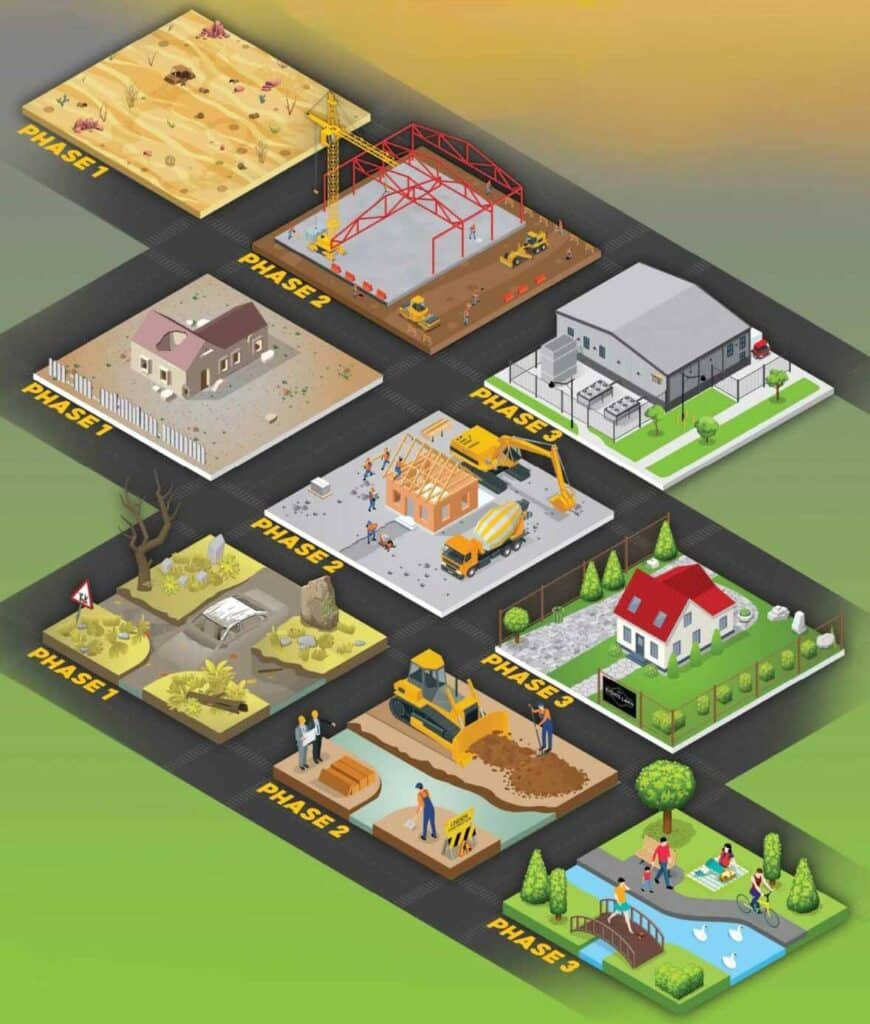
Tax Increment Financing (TIF) is a powerful tool used within urban renewal districts to generate new revenue that supports critical community improvements. The infrastructure improvements and economic incentives associated with TIF can make an area more attractive to businesses, leading to increased job opportunities and economic growth.
The government uses future taxes from a revitalized area to cover the initial costs of the improvements that helped the area grow.
The property taxes collected from the increased value of properties in the area are used to fund the community improvements.
Local government often partners with private developers, creating a public-private partnership. The private sector invests in development, and the increased tax revenue from that development is used to pay back the public investment in infrastructure or amenities within the district.
TIF improvements focus on enhancing basic needs like reliable infrastructure, clean water, safe streets, and accessible public spaces, creating a stronger foundation for community growth and well-being.
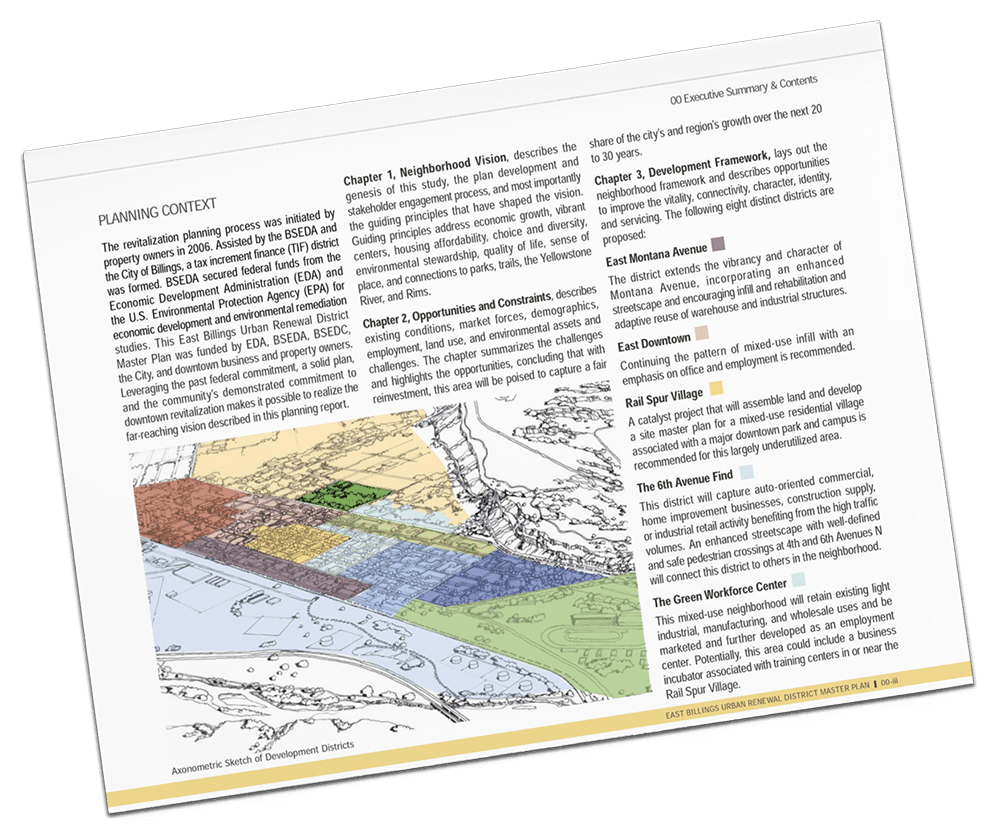
The property owners developed a form-based code the separates itself from the rest of the City of Billings. Enjoy flexible use while designing to creative standards that celebrate the industrial character of this neighborhood. It is truly the only neighborhood of its kind in the largest city of Montana.
Our zones include:
Rail Spur Village (RSV)
Rail Spur Village Main Street (RSVMS)
Central Works (CW)
13th Main Street (13th)
Industrial Sanctuary (IS)
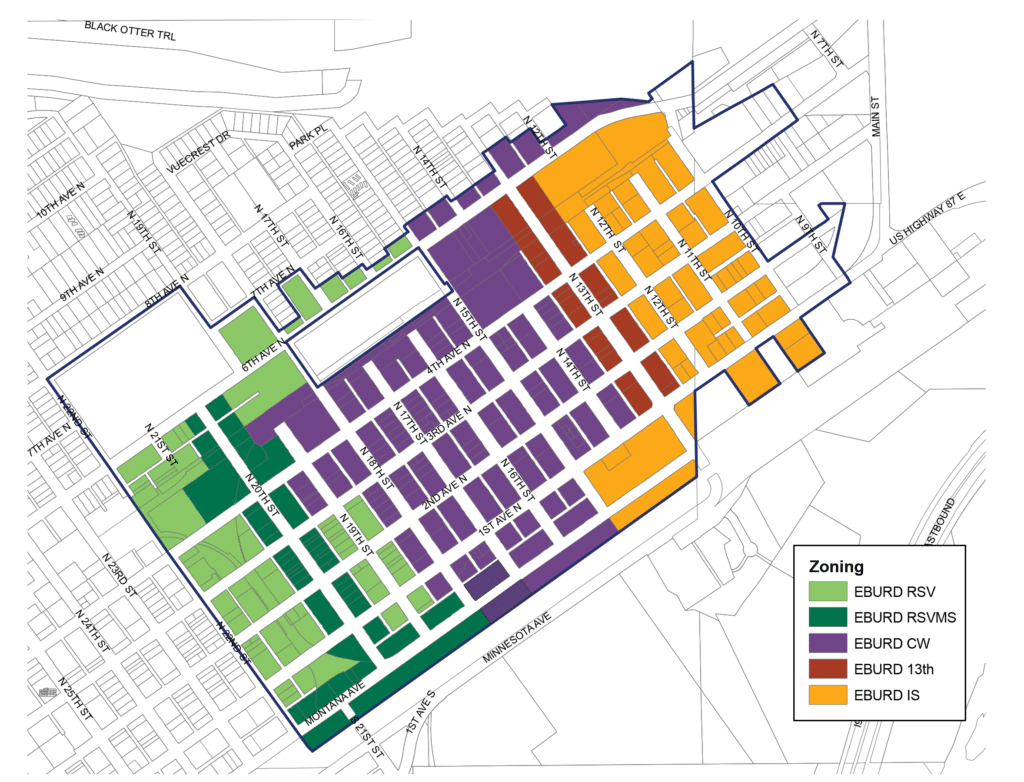

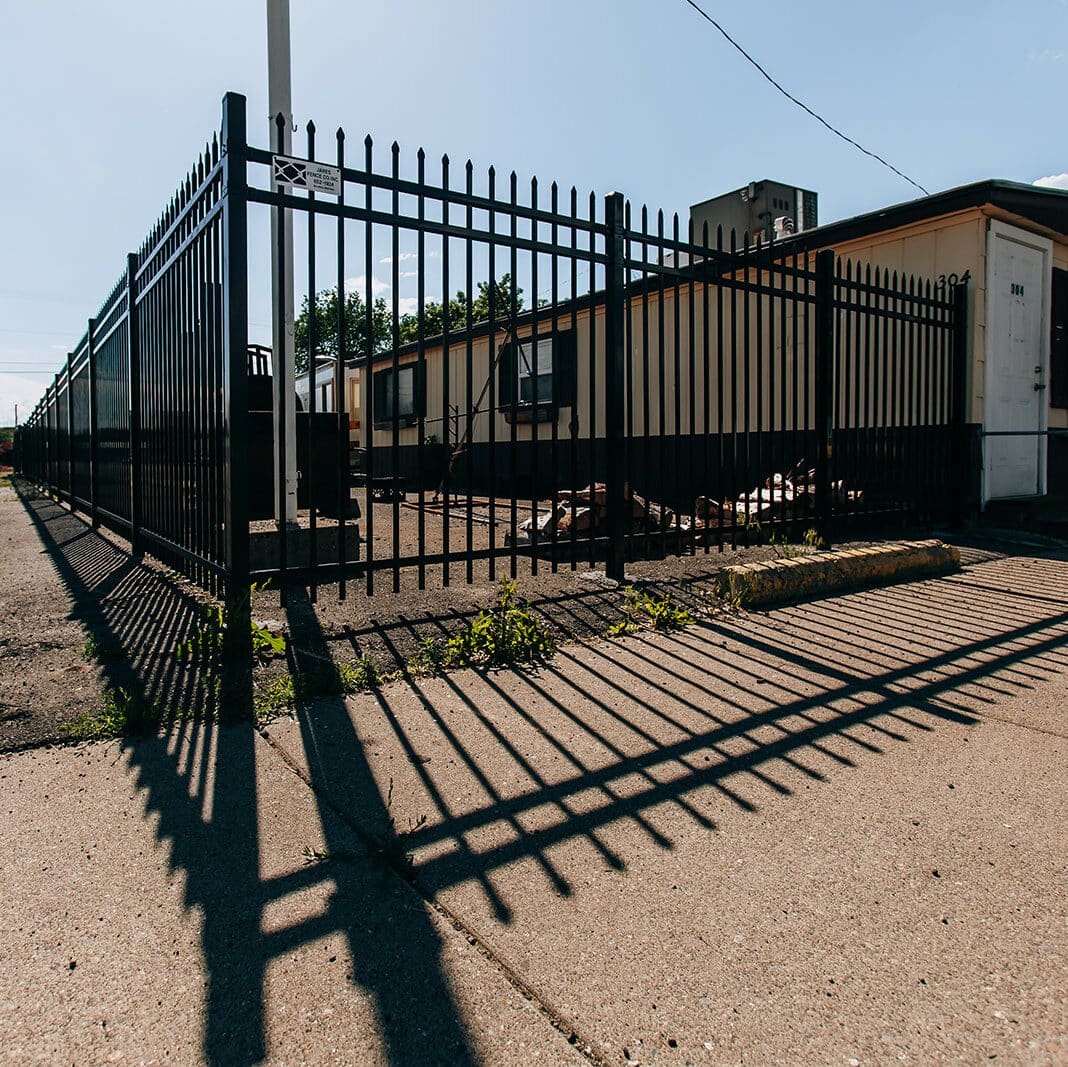
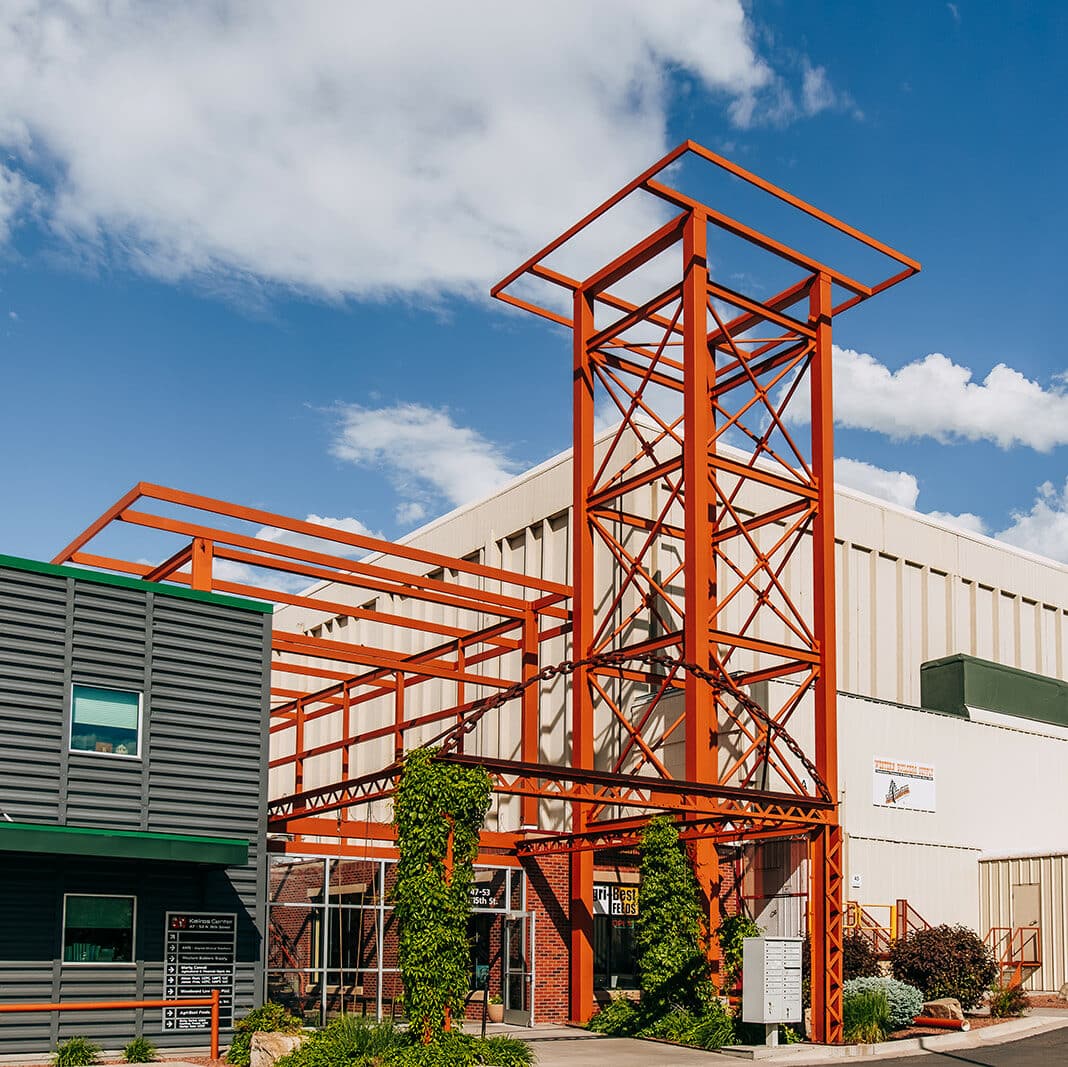
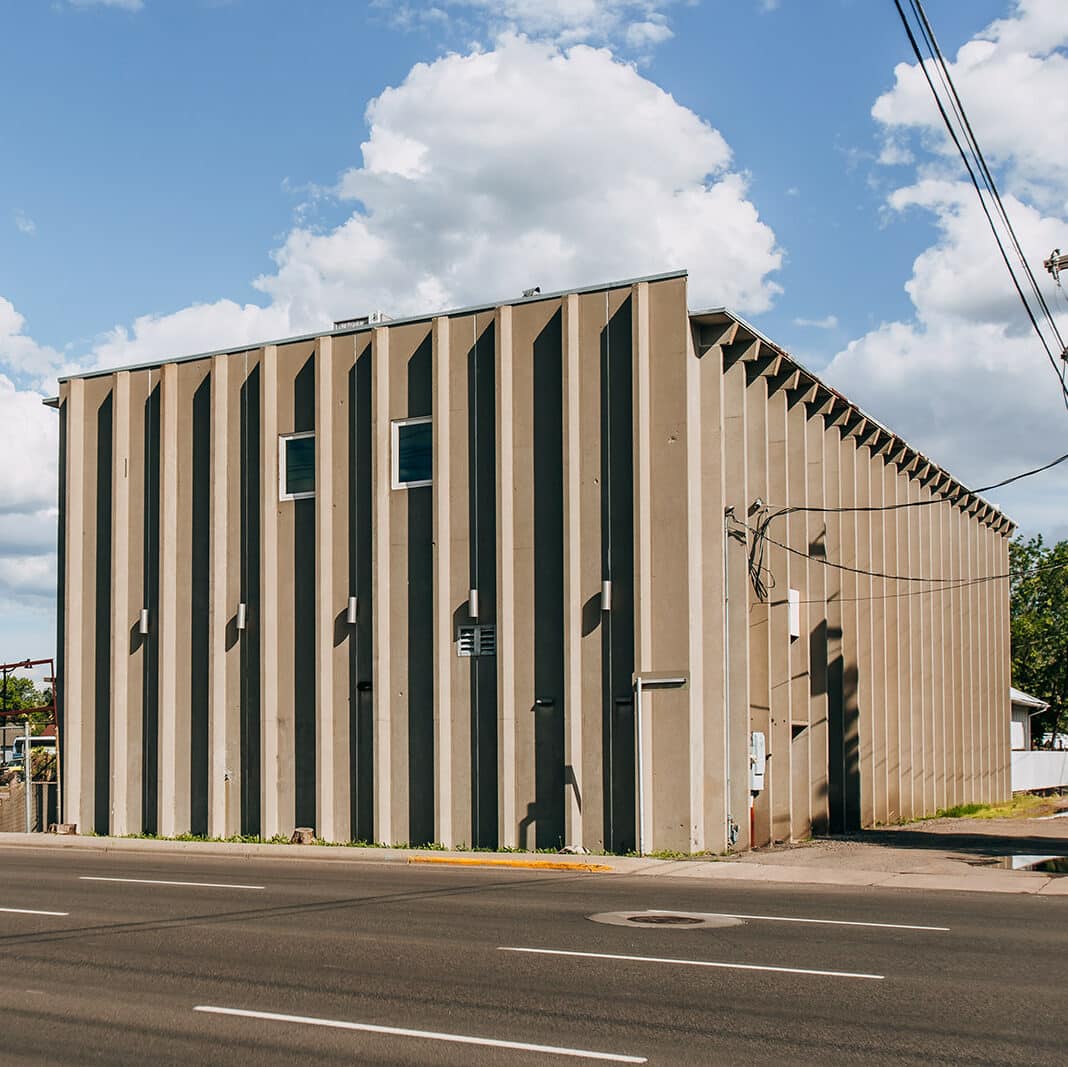
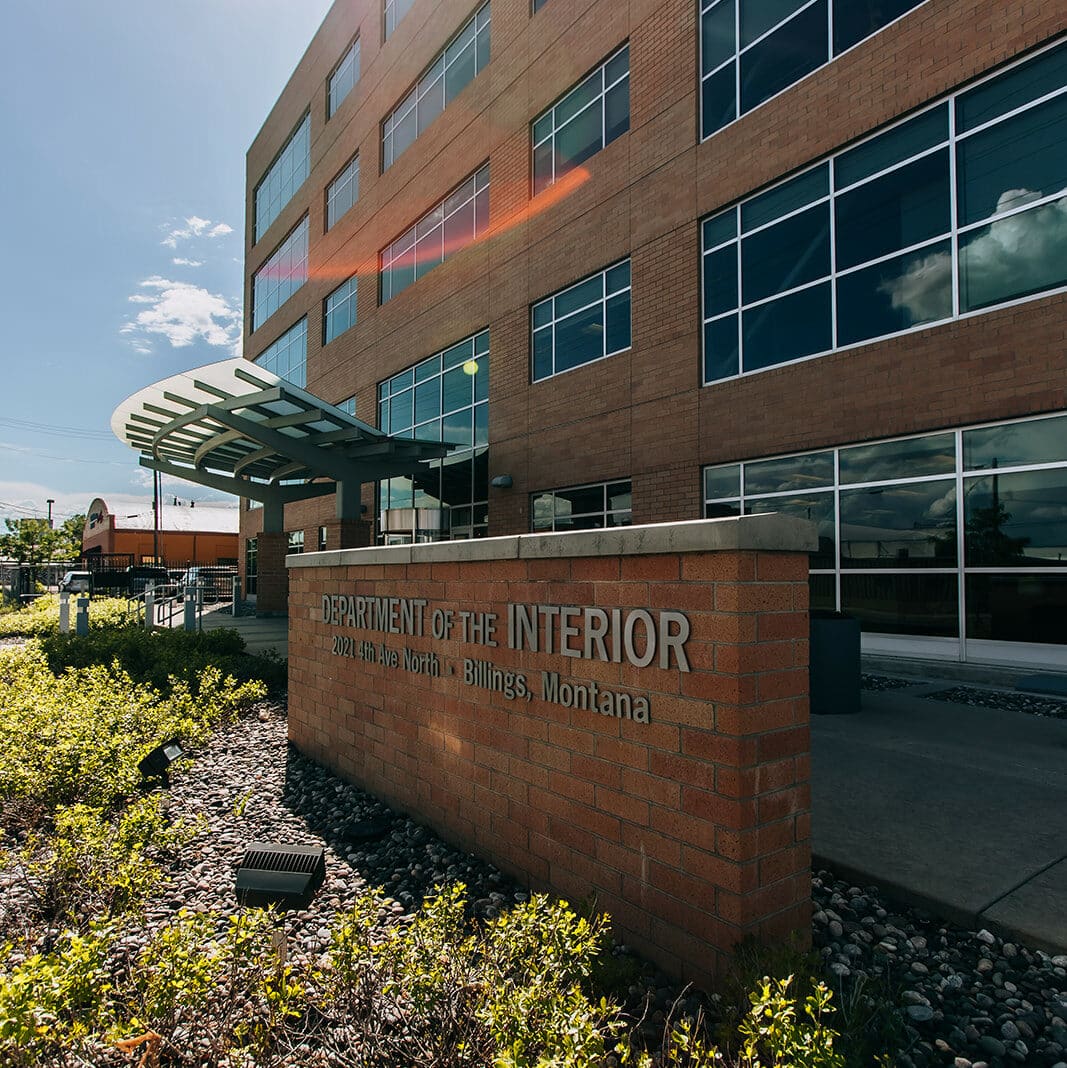
TIF districts are typically characterized by blight and/or infrastructure deficiencies that have limited or prohibited new investment. A base year is established from which “incremental” increases in property values are measured. Virtually all of the resulting new property tax dollars (with the exception of the six mill state-wide university levy) can be directed to redevelopment and economic revitalization activities within the area in which they are generated.
Taxpayers located within a TIF district pay the same amount of taxes as they would if the property were located outside the district. TIF only affects the way that taxes, once collected, are distributed. Taxes that are derived from base year taxable values continue to be distributed to the various taxing jurisdictions – local and state government entities and school districts. (See Figure 1.1, above.) Taxes derived from the incremental increase in taxable value are placed in a special fund for purposes set forth in an urban renewal plan or a TEDD comprehensive development plan.
Districts are authorized for a period of 15 years but may potentially be extended up to an additional 25 years if all or part of TIF dollars have been pledged to the repayment of a bond. If sold in year 15, bonds may extend the life of a district up to a total of 40 years (15+25). The total life of the district, however, must be determined within the first 15 years. So for example, if a 25 year bond is sold in year 8 and no other bonds are issued in years 9-15, the district must sunset no later than its 33rd year.
Data was collected from the Yellowstone County Tax Assessor website and is current as of October 15, 2020. Property lines are not exact, but are per the YCTA website. Please speak with a YCTA office, a licensed realtor, or property owner for complete verification of information. This data is to be used as a guidelines for discovery in the district and will be updated quarterly.
Homeowners and businesses may see an increase in their property taxes, but only in proportion to the increase in the value of their property- the same as if they were not in the TIF district. TIF helps grow the City's overall tax base and therefore helps keep everyone's taxes lower by bringing new properties and new businesses onto the tax rolls that would otherwise not exist.
There are several ways to measure the success or failure of a TIF district. They include the trend assessed value within the district, number of new residential units constructed, new square footage of retail space, vacancy rate of retail/office, appearance of public spaces within the district, repair and competition, and more.
This is a valid question that applies to all TIF districts and that can't be answered definitively. The historical trend in downtown district is that the TIF is necessary to spur reinvestment by the private sector and help with public/ infrastructure that might have fallen behind.
The businesses (and all property owners) don't receive a tax break because they are located in the TIF district. All these property owners pay the same level of property taxes as all other property owners outside the TIF boundary. Businesses and property owners that fall within the boundaries a percentage of some allowable expenses reimbursed as an incentive to revitalize the TIF district.